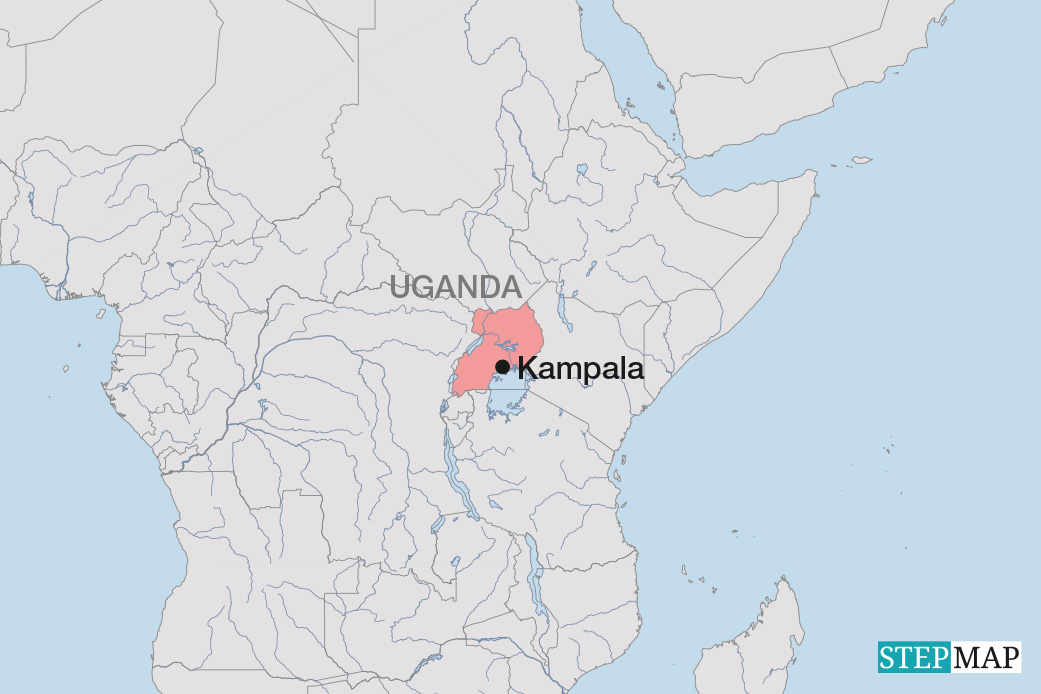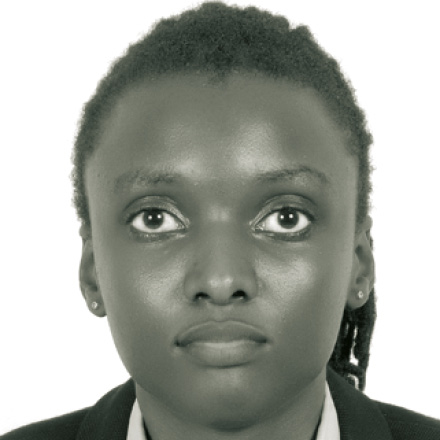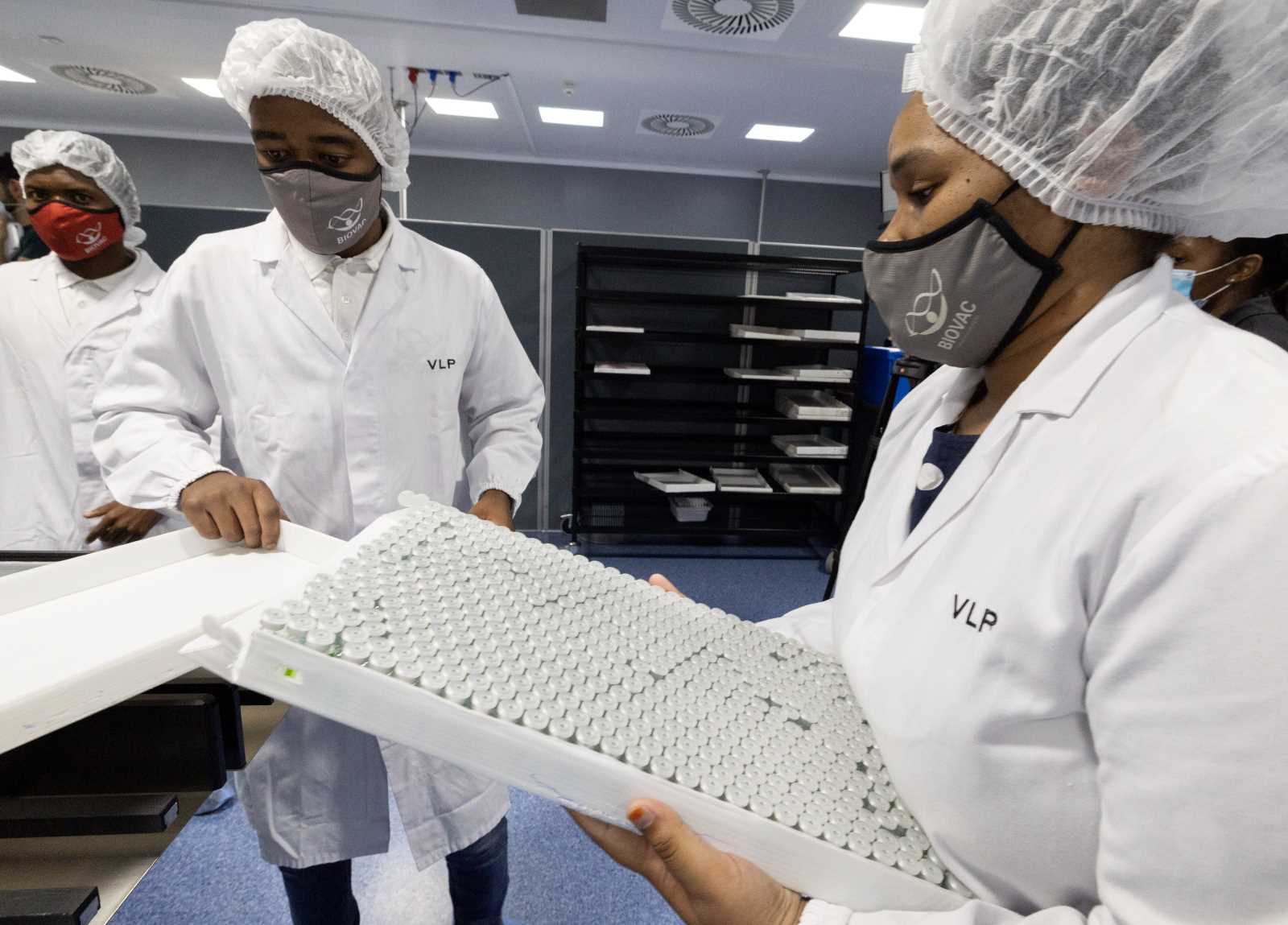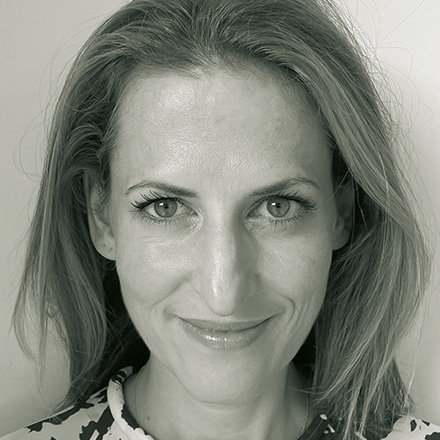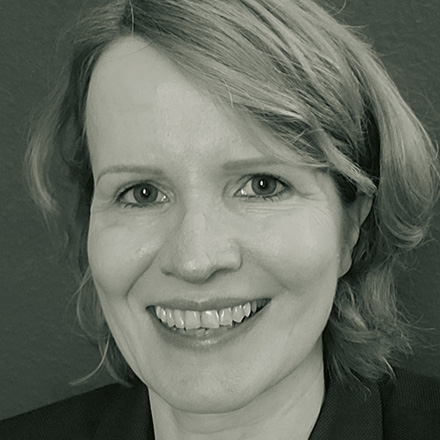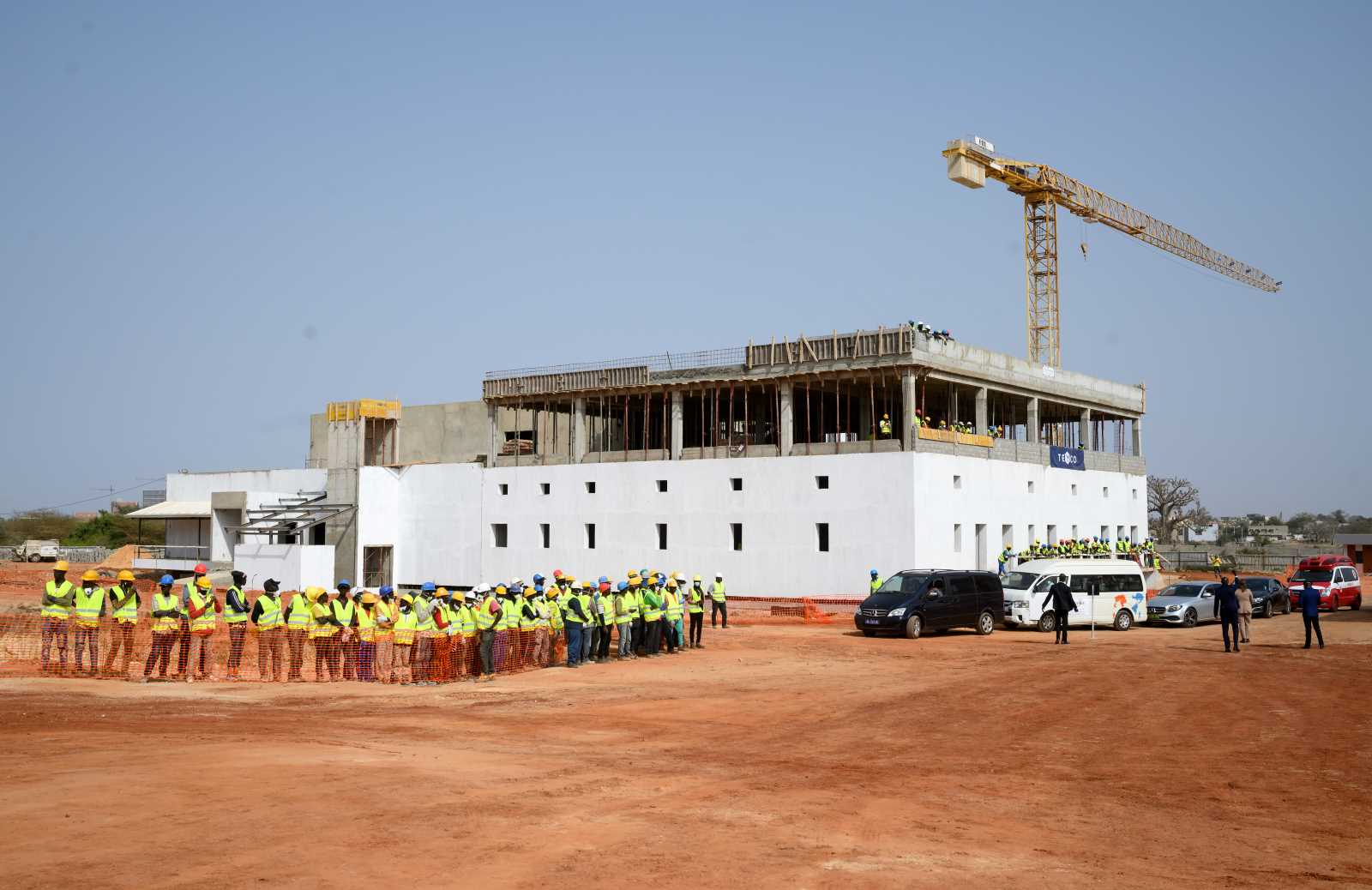Pandemics
Global pandemic preparedness measures
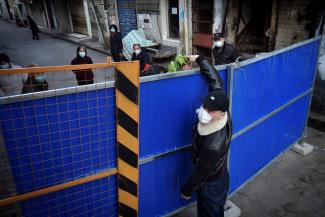
Outbreaks like SARS in southern China in 2002, MERS in the Middle East in 2012 and Ebola in West Africa in 2014 should have sounded the alarm. But it took the Covid-19 pandemic, with over 6.7 million people dead and over $ 12.5 trillion in economic losses, to demonstrate to the global community how poorly prepared health-care systems were and how important it is, wherever possible, to avoid, prepare better for outbreaks of dangerous diseases and fight them more efficiently.
We face the task of confronting multiple infection and pandemic risks in a world that has already been rocked by crisis. These risks persist unabated. In fact, they are rising, given our increasingly interconnected, mobile world, the climate crisis and the destruction of the biosphere. So, while Covid-19 still needs to be tackled, the global community must at the same time also contain new outbreaks and prepare for future pandemics.
Against this backdrop, in 2021, the G20 states convened the G20 High Level Independent Panel on Financing the Global Commons for Pandemic Preparedness and Response (GHLIP). At the end of 2021, the US government acted on a central recommendation of this panel with its proposal to create a new multilateral fund for pandemic prevention, preparedness and response (PPR). Like other health funds established in the past, the new fund will be hosted by the World Bank as a Financial Intermediary Fund (FIF). FIFs are characterised as follows:
- They are decidedly multilateral instruments. At least three donors must provide a total of at least $ 200 million in financing.
- They are administered by the World Bank, which contributes its expertise in financing and implementation in developing countries.
- The administration is lean. A FIF allocates funds to competent international implementing agencies. Thus, no new implementation structures are created, but existing ones are used in a targeted manner.
- The political control of FIFs does not lie with the World Bank, but with a board whose composition and rules are decided politically.
The new fund was founded in June 2022, following a summit convened by the US government in May 2022, at which the US and the EU each pledged $ 450 million in financing. At the same summit, Germany pledged € 50 million, followed by an additional € 19 million in September. The first meeting of the governing board took place in September 2022. By December 2022, 25 donors had committed approximately $ 1.6 billion to the fund, which was named the “Pandemic Fund” (PF) in November. In that month, it was also officially launched at the G20 summit in Bali. It was one of the most visible results of the G20 and G7 processes of 2022.
The unique features of the new Pandemic Fund are:
- Its catalytic role. It will set targeted incentives to promote the global public good of health/freedom from infectious diseases in a way that supplements the efforts of national health-care systems. The PF must aim to strengthen connections, both nationally and internationally, between instruments and institutions in the health-care sector that in the past have often operated in parallel.
- Its governance. The PF governing board is made up of nine donor countries, nine recipient countries and two representatives of civil society. There is also a seat for philanthropic foundations, which so far have pledged just under $ 40 million. The governing board includes representatives from Indonesia, China, South Africa, India, the United Arab Emirates and Saudi Arabia. Thus, for the first time in a fund of this size, countries are acting as donors that are not members of the Organisation for Economic Co-operation and Development (OECD). The co-chair of the donor countries is Indonesia’s former Minister of Finance, Muhamad Chatib Basri. Nevertheless, it remains a challenge to involve countries with lower incomes (“co-investor countries”) to a greater extent. They are still not present or involved enough.
- The integration of the World Health Organization (WHO). As a central technical expert and policymaker in the health-care sector, its role is enshrined in the founding documents of the PF. With Mike Ryan, the executive director of the WHO’s Health Emergencies Programme, the PF named a high-level WHO representative the chair of its Technical Advisory Panel, which will play an important role in reviewing applications and processing foundational concepts.
- Its speed. In January 2023, only seven months after its foundation, the PF announced the first call for bids – a process that often takes years for other funds. This development is both positive and politically necessary, because the fund’s success depends on proving its ability to act. At the same time, it must ensure that the best and most effective proposals are accepted. Procedures also must be adapted and optimised.
The PF now has to prove itself in practice. It is facing several challenges. The most pressing goal of 2023 is getting the fund underway. The first call for bids for laboratories, surveillance and capacity building will lead to the first financing decisions as early as July, and the proposals will then be implemented immediately.
Permanently closing the existing gaps in PPR financing and correctly balancing measures are particularly difficult tasks. Among other things, the following must be done:
- these gaps and (pandemic) risks must be better identified and prioritised.
- the measures have to create true incentives, while also preventing deadweight effects. Success will depend on the capacities of the respective partners. Poorer countries with weak structures may need significantly more support than has been envisaged – for instance in form of consulting on drafting and implementing preparedness measures.
- approaches must be pursued and financed that are carried out on the national, regional and occasionally global level. Global efforts, in particular, will also depend on the progress made by the international framework with regard to existing international health regulations and the future pandemic agreement.
Moreover, the fund also has to be financially secured, because it is severely under-financed. That applies to its total financial resources – considering the financing gap of $ 10.5 billion per year identified in a joint study by the WHO and the World Bank, $ 1.6 billion is just a beginning. Furthermore, as of March 2023, only a third of the pledged funds had actually been deposited.
The PF will have spent all its available means by 2024 if it does not receive the pledges that have already been made, and no substantial new commitments are forthcoming. Germany is leading by example. At the end of April 2023, Germany’s Federal Ministry for Economic Cooperation and Development (BMZ) pledged an additional € 50 million, which will be paid out by October. In the medium term (2025 or 2026), however, the PF, like other funds, will need to be replenished according to the clearest possible scales of contribution.
The most difficult task, however, is setting priorities with limited funds. Some influential voices are calling for the fund to only concentrate on pandemic preparedness for the time being. They argue that prevention and the immediate control of a large outbreak of infection (response) can neither be financed nor operationalised.
This point of view makes sense but is nevertheless too short-sighted. Removing prevention and One Health issues from pandemic policy is comparable to a climate policy that forgoes emission reduction and instead only finances adaptation measures. A pandemic policy that improves general preparedness but cannot respond quickly and decisively to a massive outbreak, ignores, on the other end of the scale, the bitter experiences of the recent past.
Covax and Act A, the central programmes guiding the global pandemic response, will expire in 2023. We will need an institution and mechanisms that take into account the lessons learned and quickly react in the event of a crisis. At the very least, the interface between preparedness and initial response measures must be planned and built. In principle, the Pandemic Fund could take on this task – its general strategic orientation, but also its (not yet fully formulated) tasks and goals would certainly allow it.
Wolfram Morgenroth-Klein is the head of Division 101, Pandemic Prevention, Pandemic Preparedness and One Health, in Germany’s Federal Ministry for Economic Cooperation and Development. He is also a member of the Pandemic Fund’s governing board.
wolfram.morgenroth-klein@bmz.bund.de

